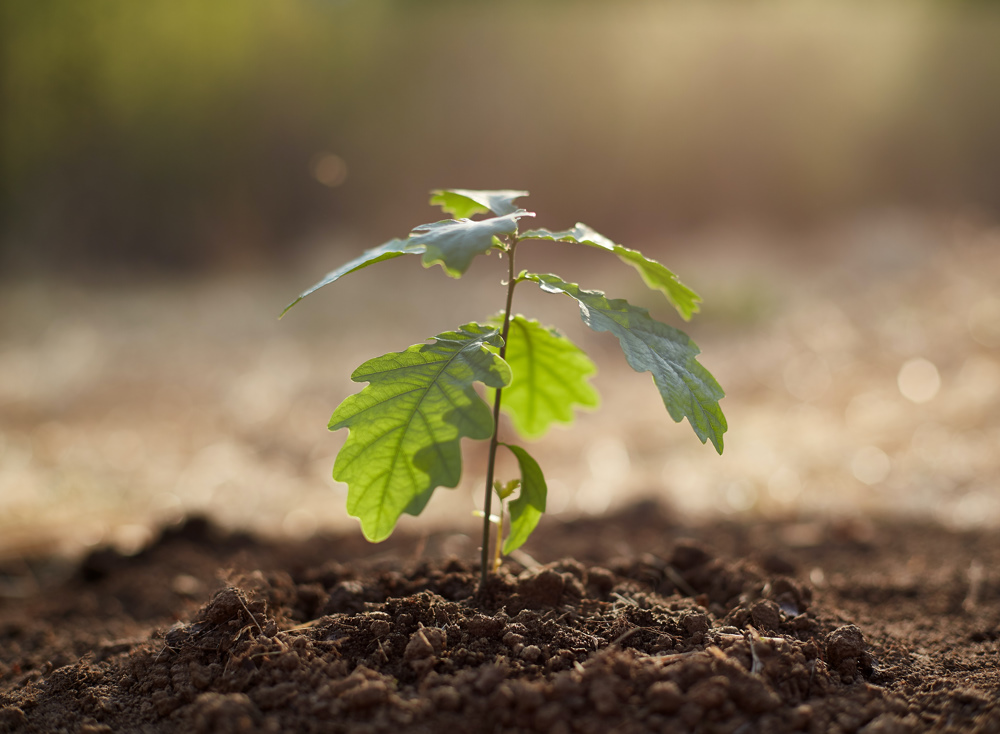Newtons Solicitors plant 250 trees and 2,500 hedgerow plants in Yorkshire as part of their commitment to carbon neutrality.

The core values of any modern business will include sustainability and the commitment to acting on climate change. So, we’re delighted to announce the planting of over 250 trees and 2,500 hedgerow plants as our latest initiative towards a greener environment.
We achieved our carbon neutrality certification after measuring, reducing and offsetting our carbon footprint. But, the offsetting through certified schemes was for projects in far-flung continents – places where, if we’re honest, we’re never going to see. We wanted to make a positive environmental impact a little close to home and so decided to embark on a tree planting project in Yorkshire!
What are the environmental benefits of tree planting?
A single tree can absorb over 10 kgs or 22 pounds of carbon dioxide every year, subject of course to a whole host of factors. Trees are natural carbon absorbers as they utilise carbon dioxide to build their trunks, leaves, branches and roots. Different types of trees offer different ecological benefits. Oak trees are found to be one of the best for storing carbon as their wood is more dense. Other trees will promote wildlife and help prevent soil erosion. My request for lots of nice eating Apple trees was reduced for the Crab Apples that the birds apparently like!
Newtons’ Tree Planting Project
We purchased a field off the York Ring Road and planted 250 native British trees at random across two corners of our field. Our collection of planted trees includes Oak, Field Maple, Birch and Willow, as well as Apple and Plum trees. Native shrubs such as Hazel, Holly and Spindle also form part of this collection.
Additionally, we planted a whopping 430 meters of traditional field hedgerows (over 2500 plants) with native species from the locality. These include Hawthorn, Hazel, Honeysuckle, Dogwood, Guelder Rose, Dog Rose, Holly and Blackthorn.
With carbon emissions, the temptation is always to plant fast-growing trees that absorb more on a short-term basis. However, a better, more holistic approach is to plant a mix of fast- and slow-growing trees – which is exactly what we are doing. We planted an additional 25 native standard trees, including Oak, Wild Cherry, Rowan and Crab Apple, at random throughout the hedgerows.
Our selection of trees and hedgerow ensures steady carbon sequestration, promotes diversity and provides an essential habitat for insects, birds and wildlife along with adding character and colour to the surrounding environmental area.
How We Did It
Having kept our eye out for a suitable sized field for sale (10 acres), we finally found one and purchased it. However, we soon found out that planting trees wasn’t as easy as you would think. Funding is said to be available to cover the cost of the trees, planting and maintenance, but we eventually gave up on this and funded it ourselves, growing tired of the slow and challenging registrations that were required – you wouldn’t have thought that we were trying to do something good here. We did briefly get excited when we were told to get an archaeological report and thought we might appear in the next series of “Detectorists”, but a thorough x-ray of our land showed nothing of historical interest.
We worked with a variety of advisors on this project to help us with different aspects such as the funding applications, our carbon neutral certification and selecting a suitable choice of trees that provide balance and ecological integrity.
If you find yourself as passionate about the environment as we are, we’re happy to share more details of our carbon neutral initiatives. Please don’t hesitate to get in touch to discuss this, or even if you would like to enlist our specialist solicitors for legal advice.
